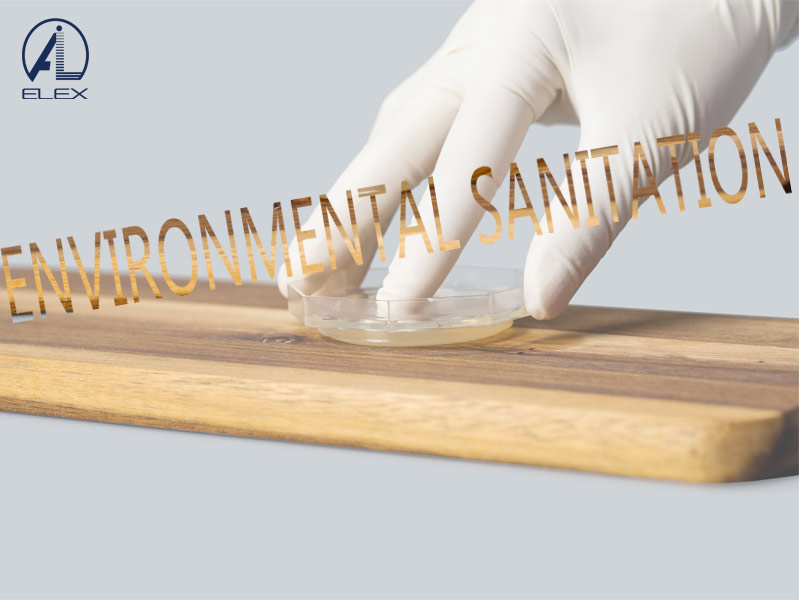
Nutrients include water, carbon compounds, nitrogen compounds, inorganic salts and growth factors. Different bacteria have different requirements for nutrition. Some bacteria only need basic nutrients, while others need special nutrients to grow and reproduce. Therefore, in the preparation of media for bacterial growth, the nutrients should be properly matched according to the type of bacteria.
1. Temperature
Bacteria can only carry out life activities in a certain temperature range. If the temperature is too high or too low, the life activities of bacteria will be blocked or even stopped. According to the different requirements of bacteria for temperature, bacteria can be divided into three categories: psychrophilic bacteria, thermophilic bacteria and thermophilic bacteria. Pathogenic bacteria belong to thermophilic bacteria, which can grow at 15-45 ° C, and the optimal growth temperature is about 37 ° C. Therefore, the temperature of the incubator is often adjusted to 37 ° C for laboratory bacteria.
Temperature of different types of meida for bacterial growth
Types of bacterial | Growth temperature(°C) | Distribution | ||
lowest | optimum | highest | ||
psychrophilic bacteria | -5~0 | 10~20 | 25~30 | Bacterial in water and refrigerated environment |
thermophilic bacteria | 10~20 | 18~28 | 40~45 | Saprophytic bacterial |
10~20 | 37 | 40~45 | Pathogenic bacterial | |
thermophilic bacteria | 25~45 | 50~60 | 70~85 | Bacterial in hot spring and cumulate fat |
2. The PH of PH medium has a great influence on the growth of bacteria. The most suitable PH for the growth of most pathogenic bacteria is 7.2-7.6, but the PH of some partial acids, such as Pseudomonas pycnoides, is 6.4-6.6, and some partial alkalis, such as solitary cholera, is 8.0-9.0. In the process of growth, many bacteria can make the culture media become acid or alkali and affect its growth, so it is often necessary to add a certain buffer in the culture media.
 A Tentative Study on the relevance of HACCP certification and infection control in hospital
A Tentative Study on the relevance of HACCP certification and infection control in hospital
 Environmental Sanitation Microbiology Testing
Environmental Sanitation Microbiology Testing
 Microbiology Test in Food Industry
Microbiology Test in Food Industry
 The Applicability of High-quality Ready-to-use Swab Sampler for Tableware Sampling and Public Places Supplies and Utensils Microorganisms
The Applicability of High-quality Ready-to-use Swab Sampler for Tableware Sampling and Public Places Supplies and Utensils Microorganisms
 Spike Experiment of DNP Culture Media Plate Based on Ice Cream
Spike Experiment of DNP Culture Media Plate Based on Ice Cream

